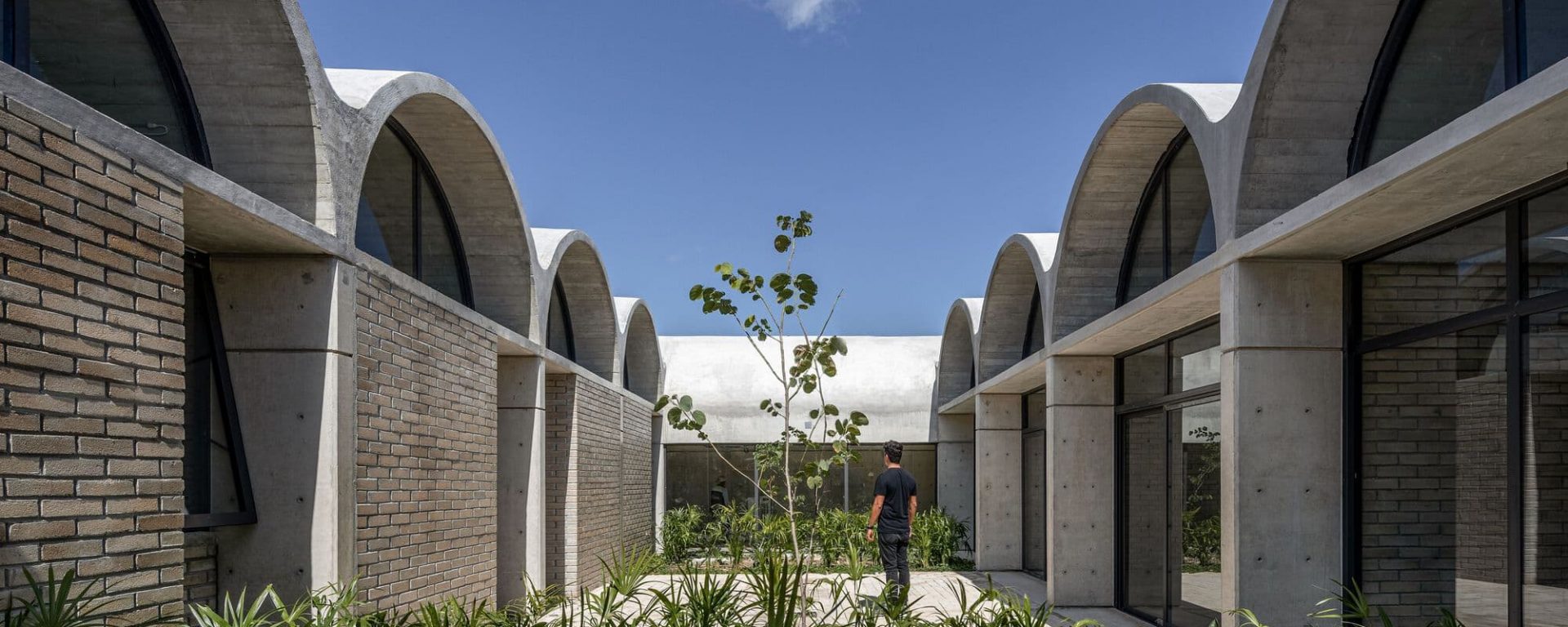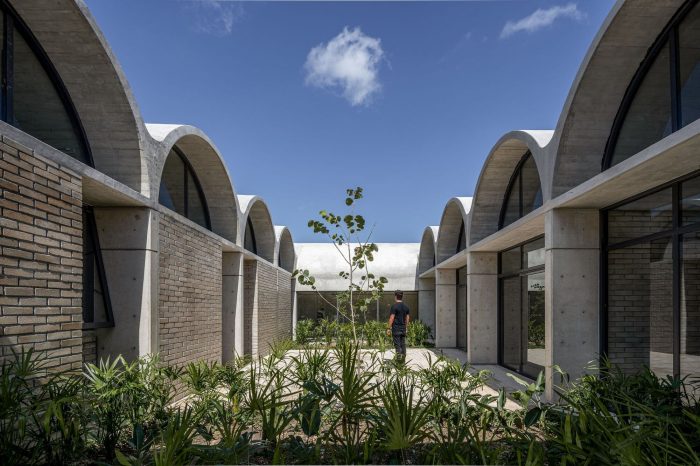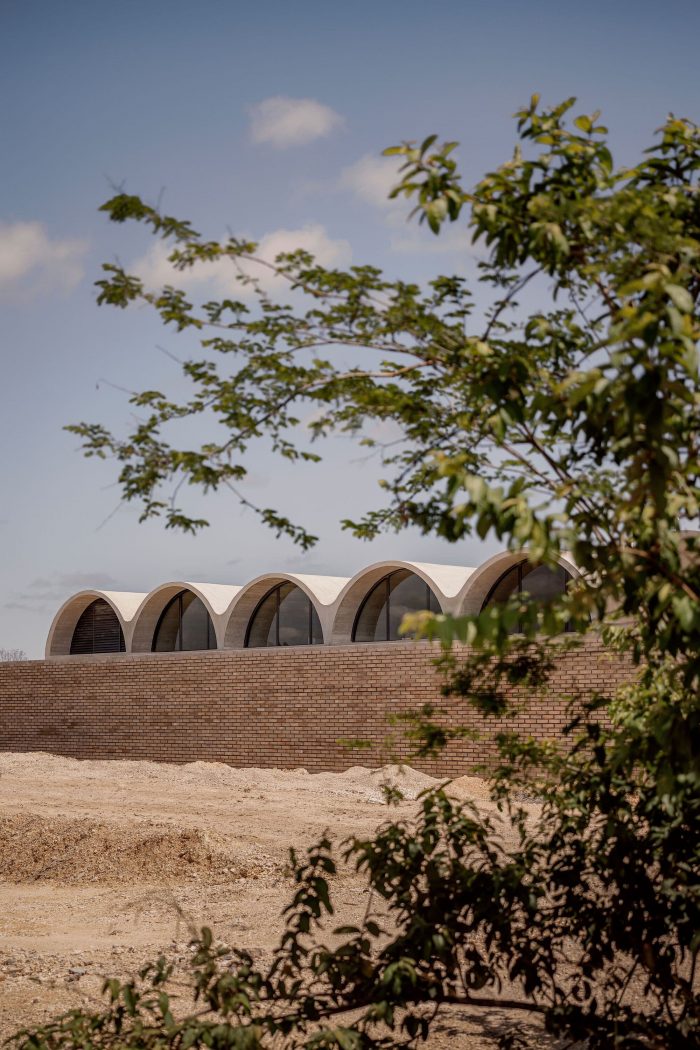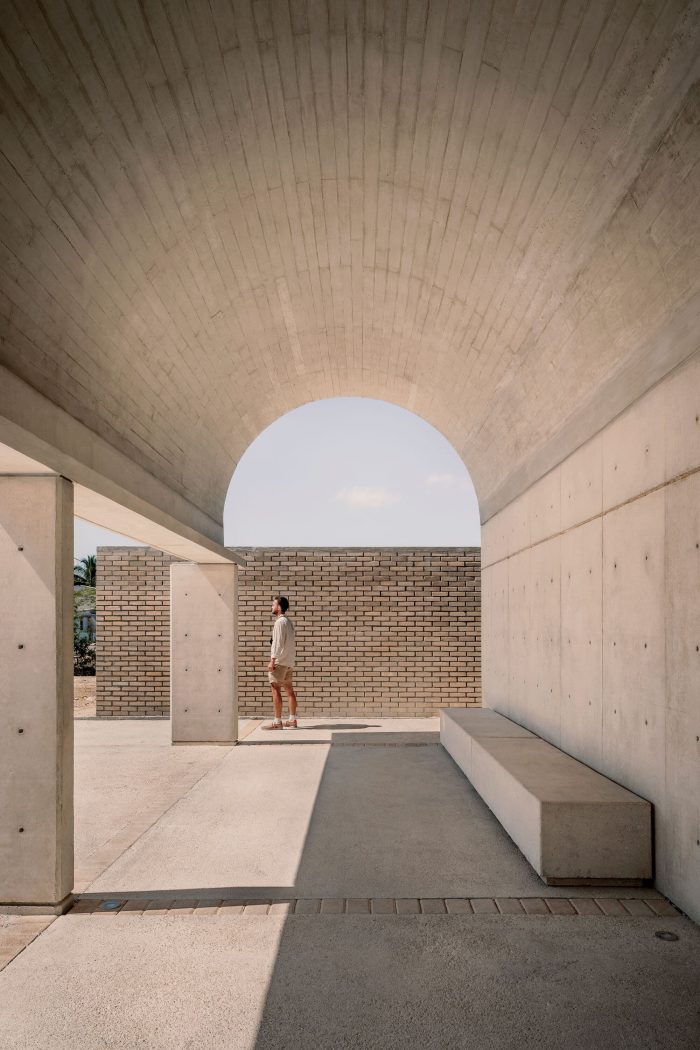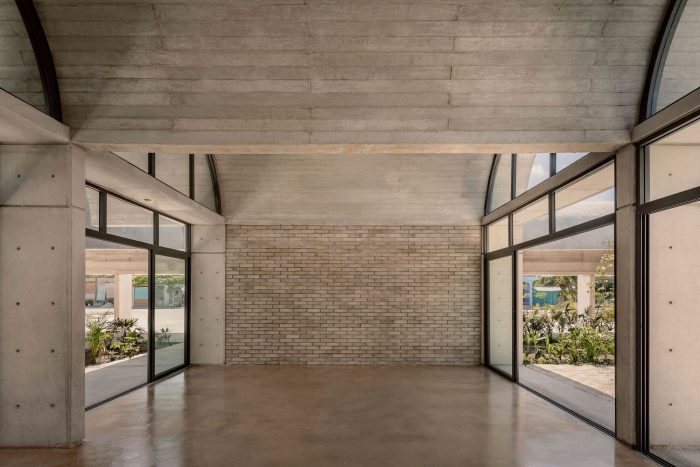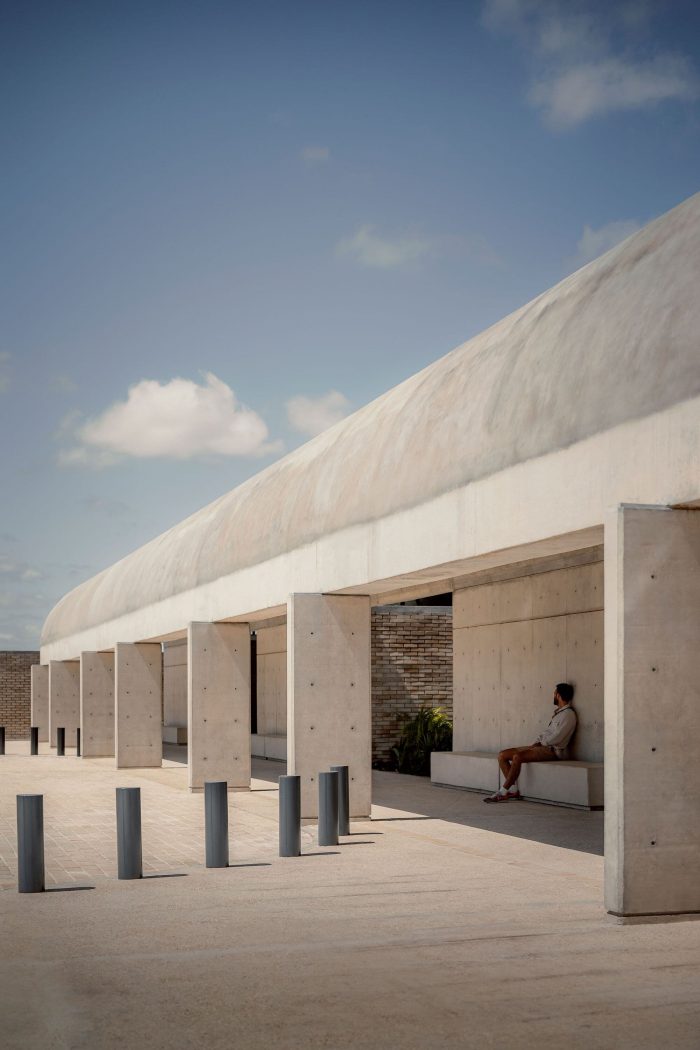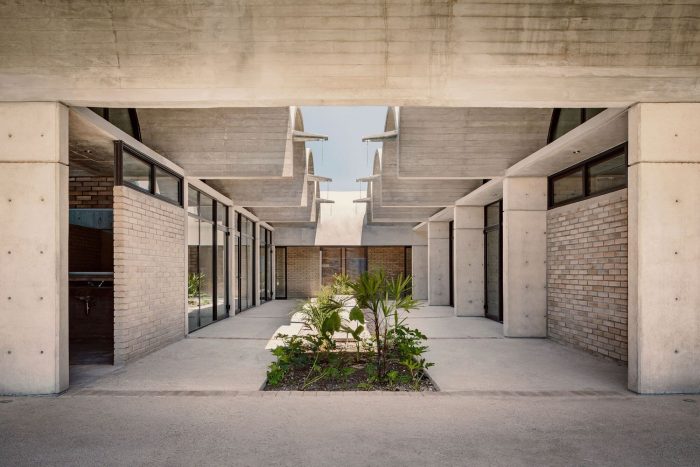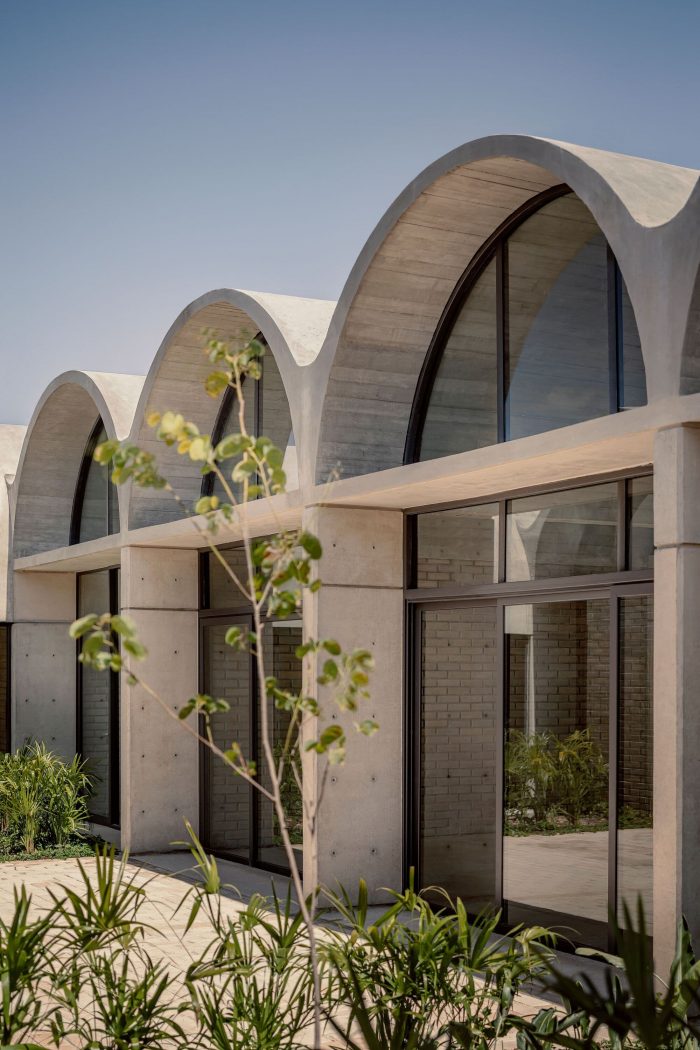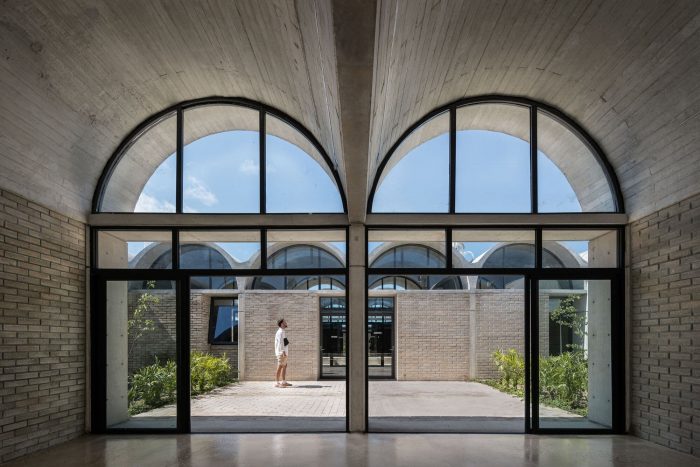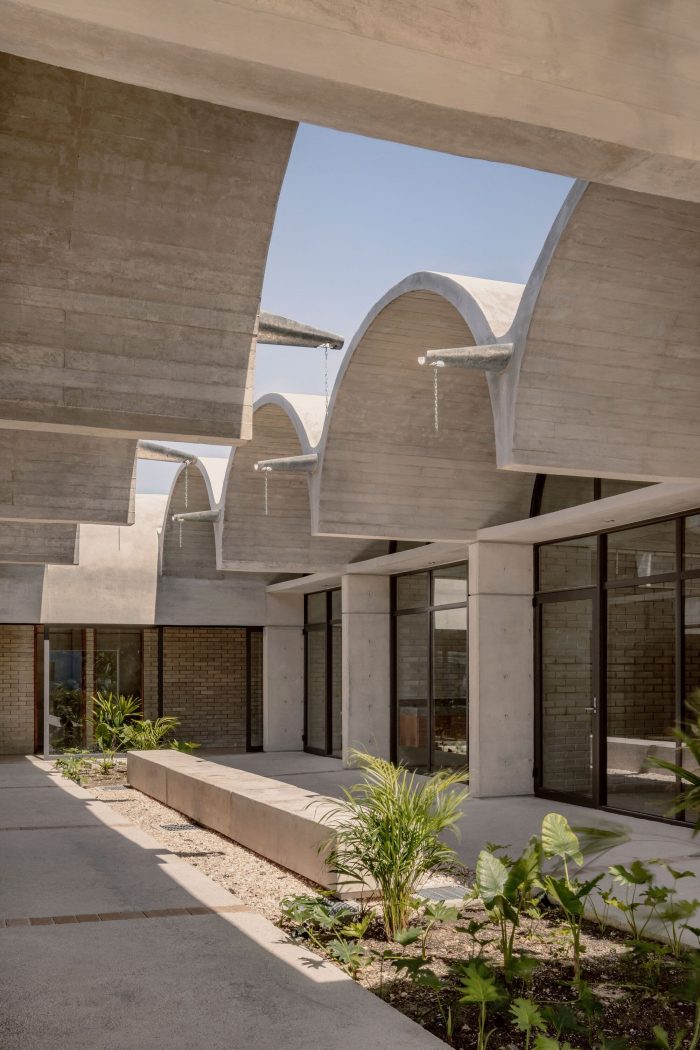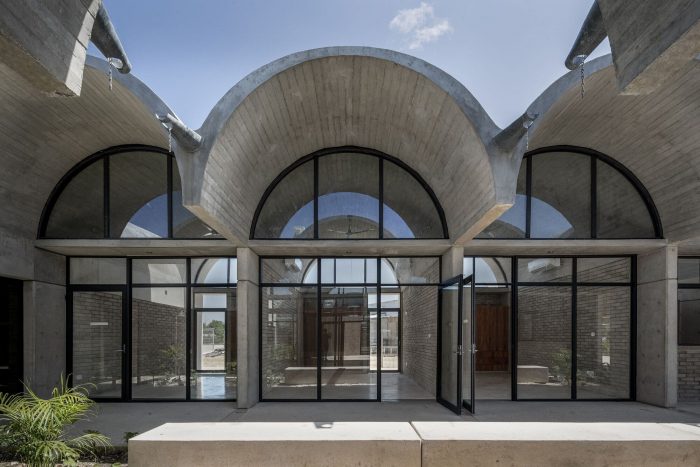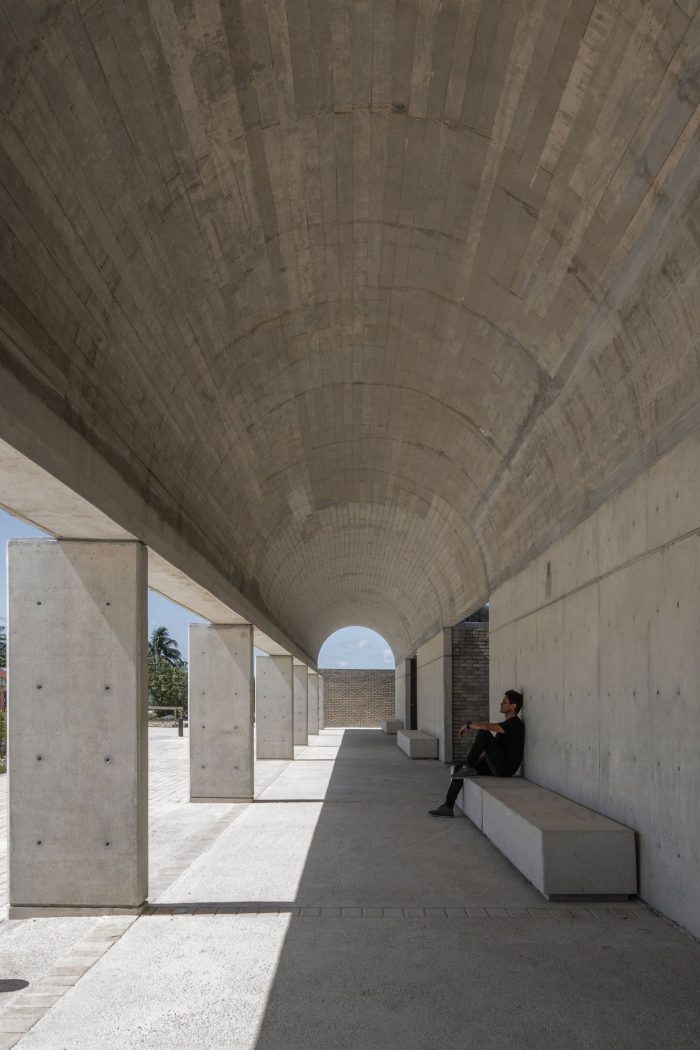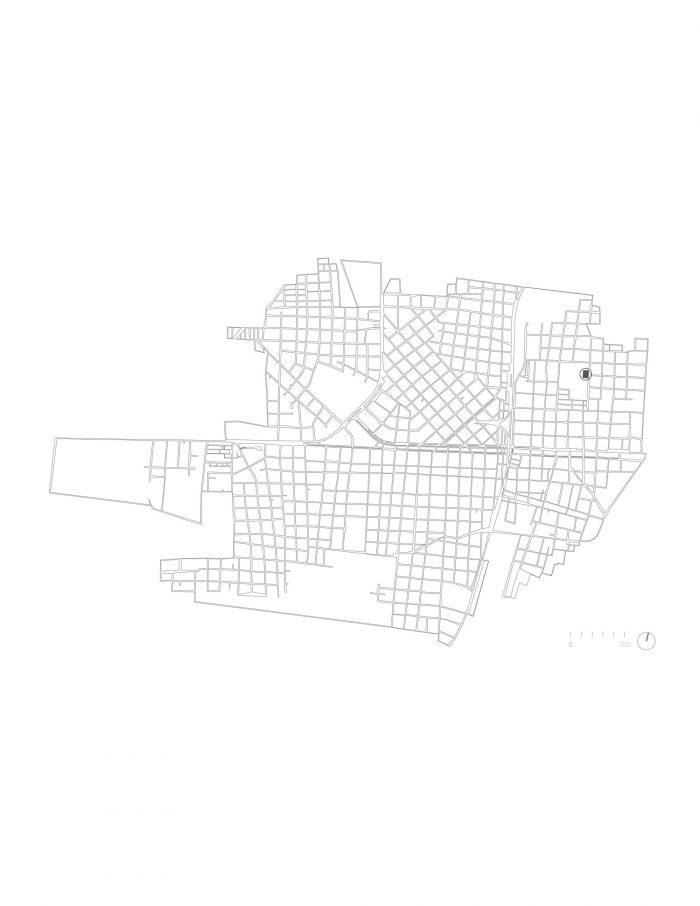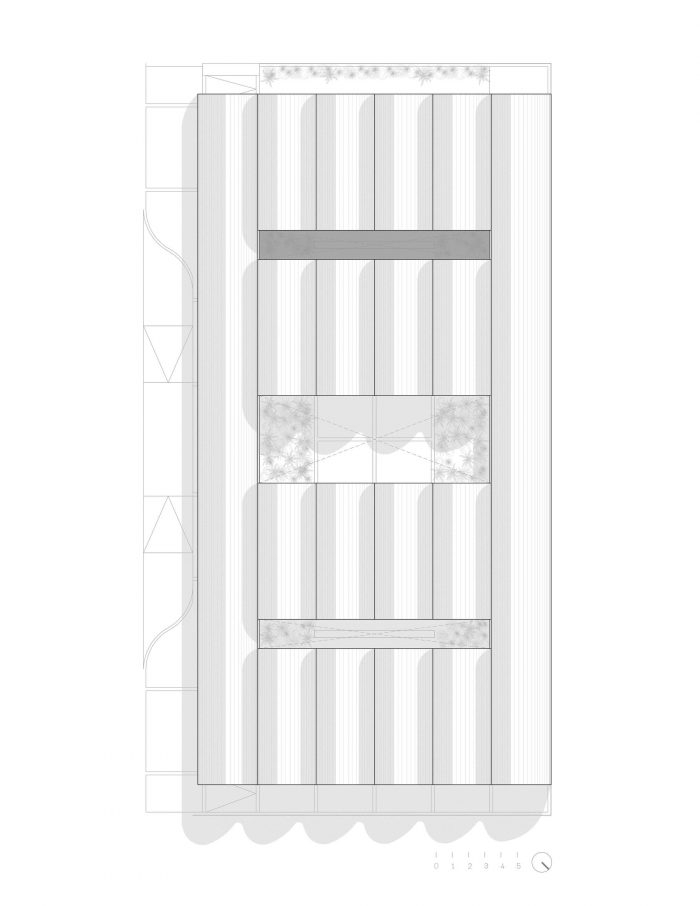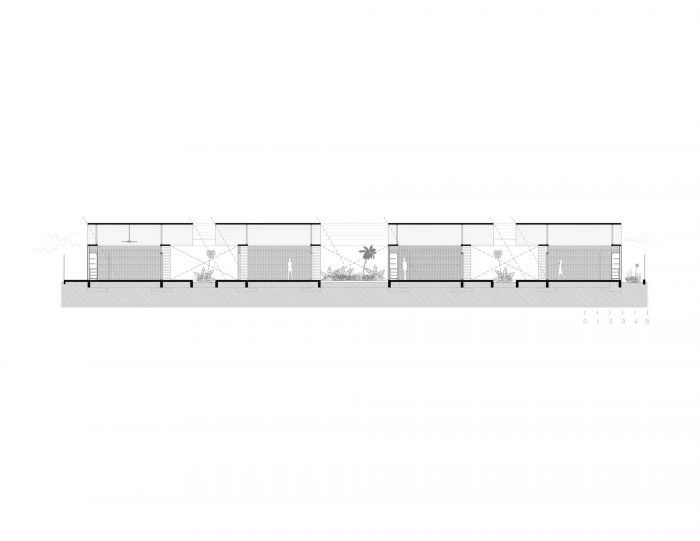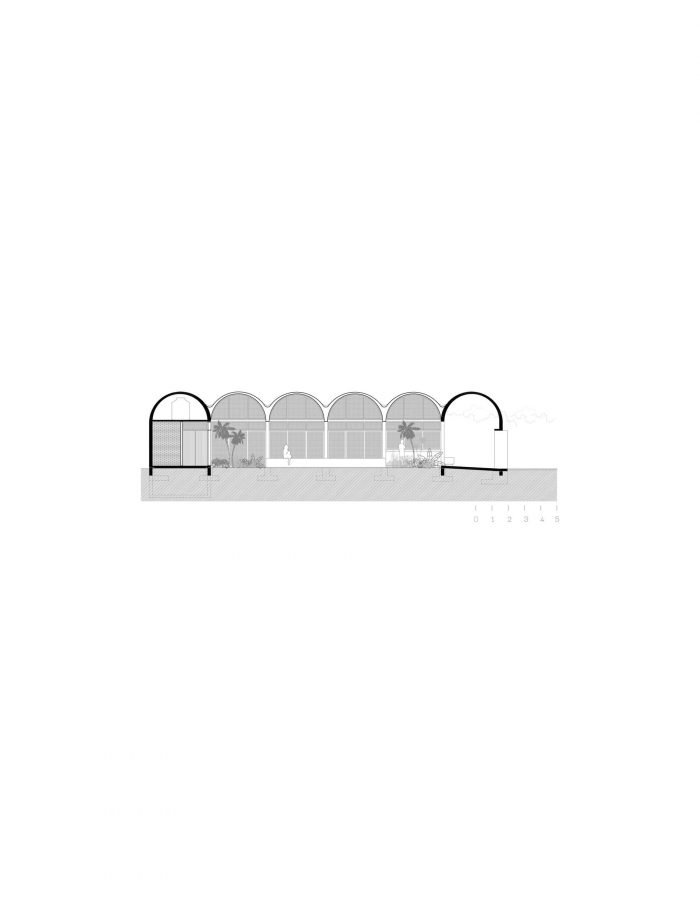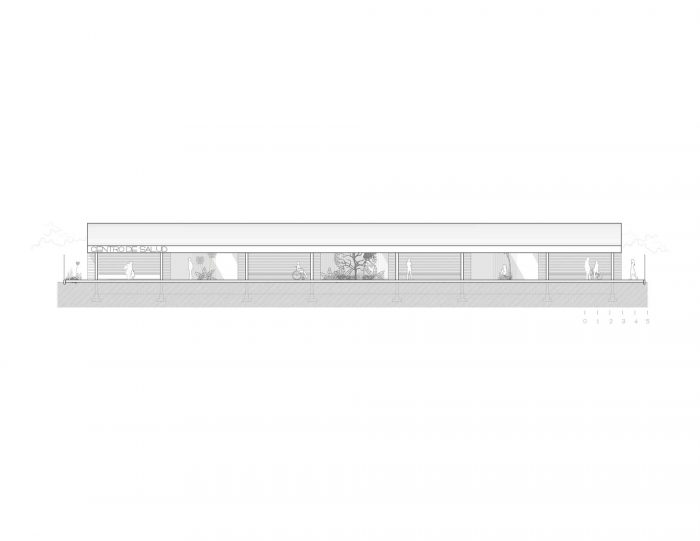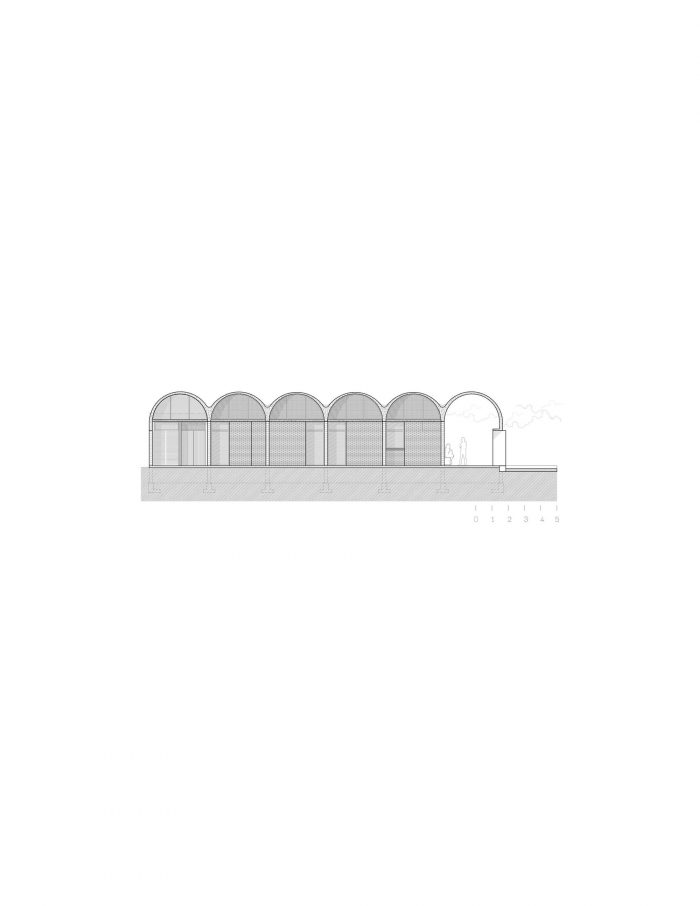与许多作为殖民地定居点开始的墨西哥城市不同,埃斯卡斯加市是在二十世纪初作为开采树胶、橡胶和原木的定居点建立的。它的一个营地被命名为 “Kilómetro 47″,这就是它的起源,但它的名字是由工程师弗朗西斯科-埃斯卡斯加-马尔克斯(Francisco Escárcega Márquez)命名的。为了扩大从韦拉克鲁斯到尤卡坦半岛的铁路,埃斯卡斯加负责通过陆路连接后来的Ferrosur,即东南地区的铁路。直到1990年,埃斯卡塞加公社的农田才成为一个市镇,也就是今天坎佩切州的一个城市。这座城市目前拥有约32,000人口,其优势在于其优越的地理位置:这座城市是连接塔巴斯科州维拉赫莫萨(及其进入韦拉克鲁斯州的连接路线)、东面金塔纳罗奥州切图马尔以及北面尤卡坦州梅里达的枢纽。
Unlike many of the Mexican cities that began as colonial settlements, the city of Escárcega was established in the early twentieth century as a settlement for exploiting gum, rubber, and logwood. One of its camps, named ‘Kilómetro 47,’ gave it its origin, but it was the engineer Francisco Escárcega Márquez who gave it its name. With the intention of expanding the railroad from Veracruz to the Yucatán peninsula, Escárcega was responsible for connecting what would become Ferrosur, the railroad of the southeast, by land. It was not until the year 1990 that the Escárcega communal farmland became a municipality and what, today, is a city of the state of Campeche. This city currently has a population of approximately 32,000, and its strength lies in its privileged geographic location: the city works as a hub that connects Villahermosa, Tabasco (and its Connecting routes into the state of Veracruz); Chetumal, Quintana Roo to the east; and Mérida, Yucatán to the north.
在第一批定居点建成近100年后,由于该市有突出的铁路传统,通过联邦投资计划,埃斯卡斯加有可能补充和改善其城市基础设施。在这种情况下,与其他六项干预措施一起,N1健康中心被介绍为一个明显的具体结构,将为生活在那里的人们服务。虽然它的目的被定义为一个基本的治疗诊所,但N1健康中心被设想为一个多功能的、通风良好的、有照明的结构,如果有必要,有可能有多种用途。考虑到这一点,该建筑可以随着时间的推移,适应不断增长的城市的需求。
Nearly 100 years after the first settlements and with the city’s prominent railroad tradition, through a federal investment program, Escárcega has the possibility of complementing and improving its urban infrastructure. Within this context and along with six other interventions, Centro de Salud N1 (N1 Health Center) is introduced as an apparent concrete structure that will serve the people who live there. While its purpose has been defined as a basic treatment clinic, Centro de Salud N1 is conceived as a versatile, well-ventilated, and illuminated structure that, if necessary, has the possibility of a wide variety of uses. With this in mind, the building can last over time and be adapted to the changing needs of a growing city.
在建筑规划方面,它有一系列的结构托架,使用原始混凝土的桶状拱顶设计。这些托架可以有不同的用途,可以作为过渡区(开放式大厅)、有明确用途的可居住空间(医生办公室、药房、行政区域、多功能室、治疗室等),或承载连接所有房间的服务区。整个项目的结构系统采用了六个桶状拱顶,被一系列的庭院打断。这些庭院允许雨水收集,自然采光,为工作人员和病人提供有盖的走道,并为所有房间提供自然通风。这是一个向城市开放的诊所,通过一系列多功能的托架和中央庭院,提供基本的健康服务。
In terms of architectural planning, it has a series of structural bays that are designed using barrel vaults of raw concrete. These bays can have different uses and work as transition areas (open halls), inhabitable spaces with defined purposes (doctor’s offices, pharmacies, administrative areas, multipurpose rooms, treatment rooms, etc.), or host a service area that connects all the rooms. The structural system for the entire project employs six barrel vaults that are interrupted by a series of courtyards. These courtyards allow for rainwater catchment, natural lighting, covered walkways for staff and patients, and natural ventilation for all the rooms. It is a clinic that is open to the city and, through a series of versatile bays and central courtyards, offers access to basic health services.
Architects: JC Arquitectura, Kiltro Polaris Arquitectura
Area : 797 m²
Year : 2022
Photographs :Cesar Béjar, Oscar Hernández
Manufacturers : Novaceramic
Lead Architects : Victor Imre Ebergenyi Kelly, Juan Carral O’Gorman
Collaborators : Noe Urquijo, Valentina Bellego, Anahí Alvarenga, Yissel Alanis Nolasco
Proyect Management : SEDATU (Secretaria de Desarrollo Agrario Territorial y Urbano)
Structural Engineering : Oscar Flores Macias
City : Escárcega
Country : Mexico

